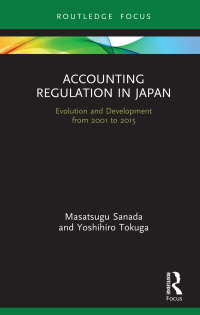Question
Consider the following data for November 2015 from Grey Manufacturing Company, which makes silk pennants and uses a process costing system. All direct materials are
Consider the following data for November 2015 from Grey Manufacturing Company, which makes silk pennants and uses a process costing system. All direct materials are added at the beginning of the process, and conversion costs are added evenly during the process. Spoilage is detected upon inspection at the completion of the process. Spoiled units are disposed of at zero net disposal value. Grey Manufacturing Company uses the FIFO method of process costing.


Required
Summarize total costs to account for, calculate the cost per equivalent unit for direct materials and conversion costs, and assign total costs to units completed and transferred out (including normal spoilage), to abnormal spoilage, and to units in ending work in process.
Step 3: Summarize the total costs to account for. The number of total costs to account for (that is, the total charges or debits to the Work-in-Process account) consists of the beginning work in process and costs added during the month. Enter in the individual costs first, and then calculate the totals.

Step 4: Calculate the cost per equivalent unit for direct materials and conversion costs. The costs added in the current period are used to calculate the cost per equivalent unit because the FIFO method uses the current period information. We take these costs and divide them by the total equivalent units of work done in the current period in order to calculate the cost per equivalent unit for work done to date. (Round your answers to the nearest cent.)
Step 5: Assign total costs to units completed and transferred out (including normal spoilage), to abnormal spoilage, and to units in ending work in process. The idea is to attach dollar amounts to the equivalent output units for direct materials and conversion costs for each type of unit. Equivalent output units for each input are multiplied by the cost per equivalent unit, as calculated in step 4.
i Data Table Physical Units Direct Conversion Materials $1,423 Costs $1,110 (pennants) Work in process, November 18 1,000 Started during November 2015 ? Good units completed and transferred out during November 2015 9,000 Normal spoilage 100 Abnormal spoilage 50 Work in process, November 300 2,000 Total costs added during November 2015 aDegree of completion: direct materials, 100%; conversion costs, 50%. bDegree of completion: direct materials, 100%; conversion costs, 30%. $12,180 $27,750 Print Done i Data Table Equivalent Units Direct Conversion Materials Costs 0 500 Flow of Production Good units completed and transferred out during current period: From beginning work in process Started and completed Normal spoilage Abnormal spoilage 8,000 8,000 100 100 50 50 2,000 600 Work in process, ending 10,150 9,250 Work done in current period only Total Direct Conversion Production Costs Materials Costs Work in process, beginning Costs added in current period Total costs to account for
Step by Step Solution
There are 3 Steps involved in it
Step: 1

Get Instant Access to Expert-Tailored Solutions
See step-by-step solutions with expert insights and AI powered tools for academic success
Step: 2

Step: 3

Ace Your Homework with AI
Get the answers you need in no time with our AI-driven, step-by-step assistance
Get Started


